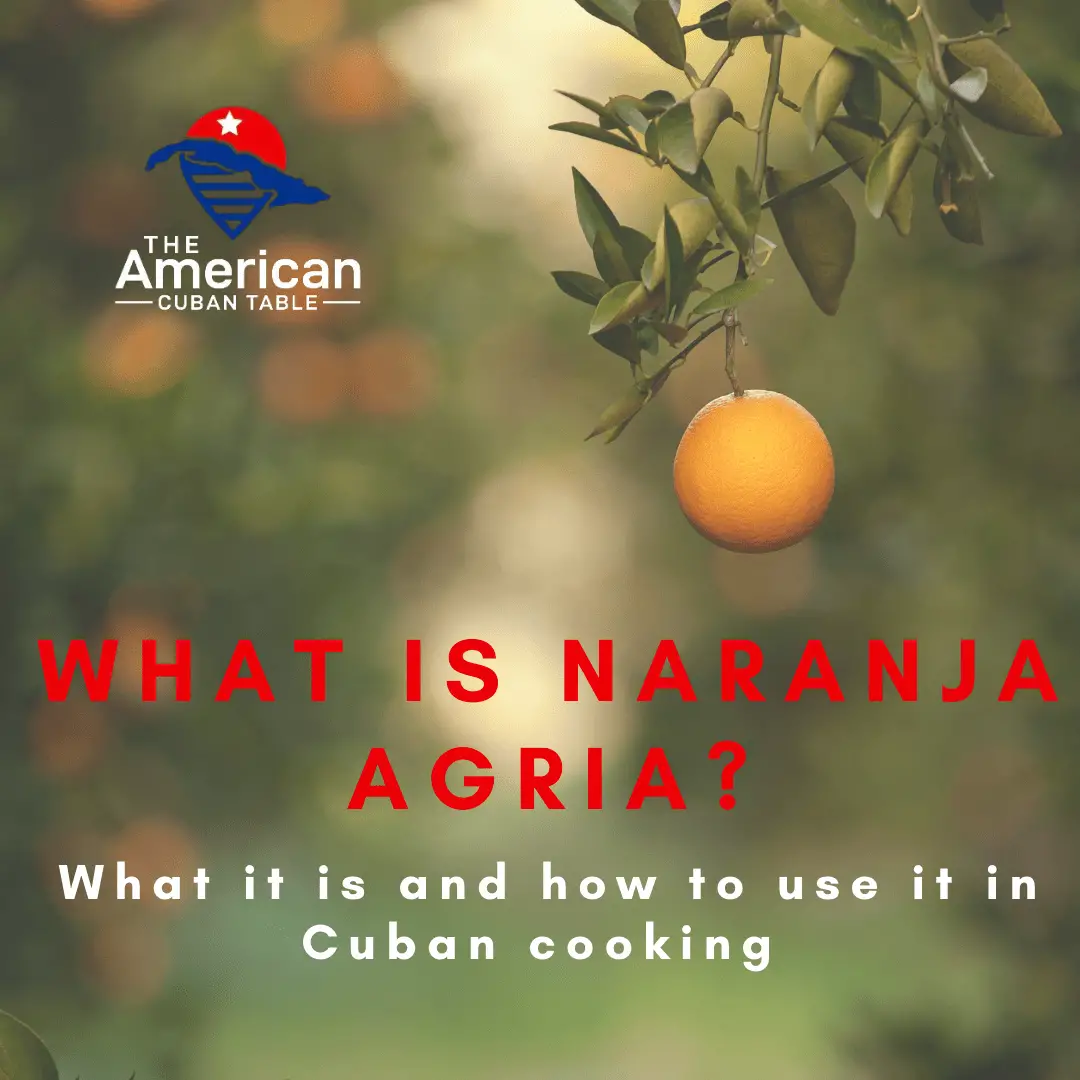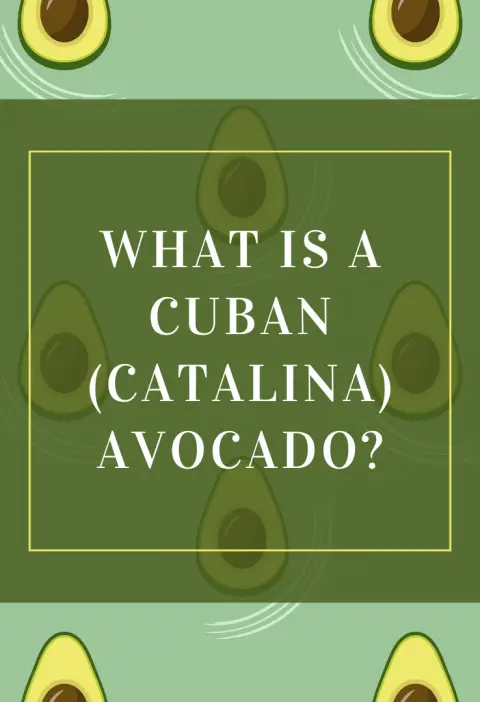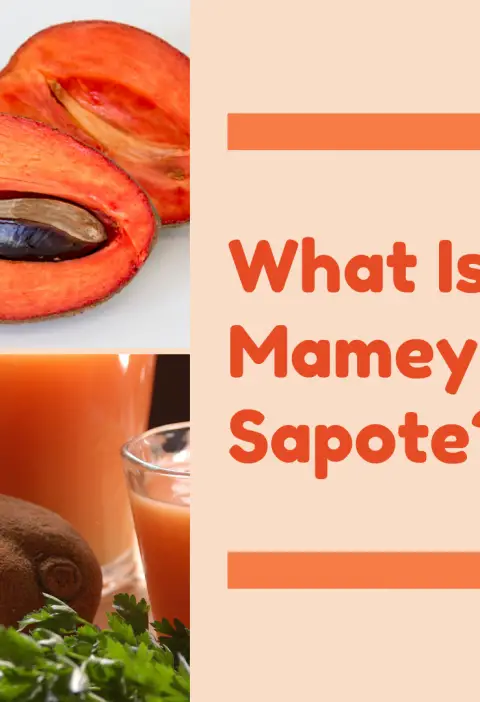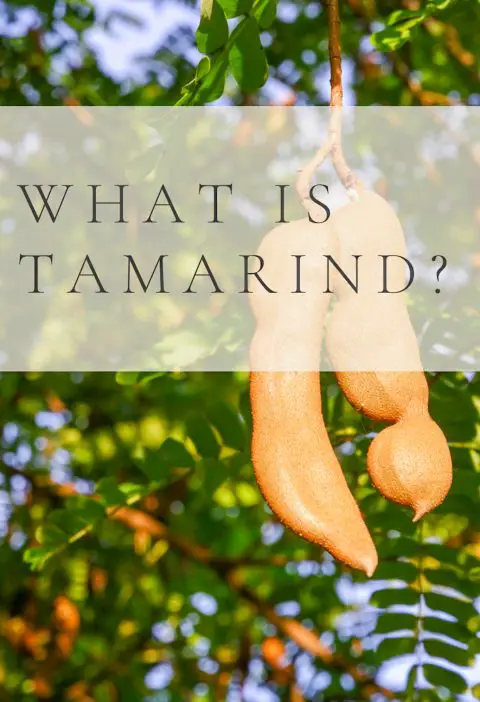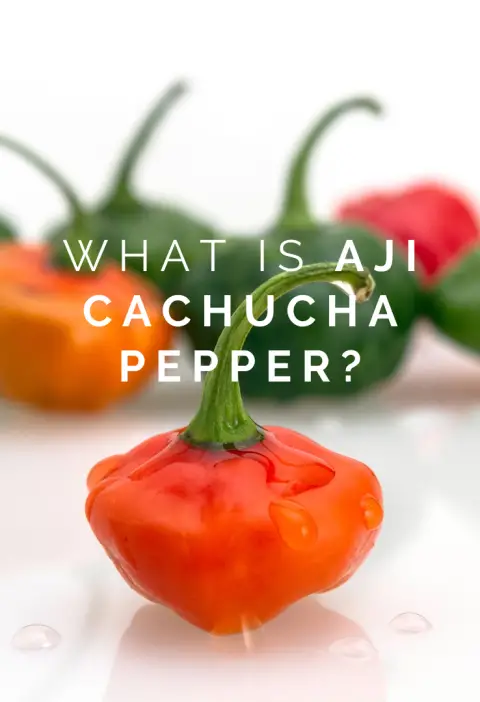Unraveling the Delicious Secrets of Naranja Agria: A Tangy Citrus Fruit You Need to Try
If you are new to Cuban, Latin or Caribbean cooking you might have noticed many recipes contain the ingredient naranja agria.
If you do not know what that is then you are probably asking yourself, what is naranja agria?
Naranja agria is Spanish for bitter or sour orange in English. It is also known as Seville orange.
Naranja Agria is a tart orange citrus fruit with qualities similar to that of lemon. It has a thin peel and lots of juice but no pulp or seeds. Naranja agria is great for making sauces, dressings, marinades, and cocktails (like margaritas!), desserts like sorbet or granita- they’re super versatile so use them any way you want!
Get ready to tantalize your taste buds with the tangy delight of Naranja Agria, the citrus sensation that is taking the culinary world by storm. This unique fruit, also known as Seville orange or bitter orange, offers a symphony of flavors that will awaken your palate.
With its vibrant orange hue and distinctive bitter taste, Naranja Agria adds a zesty kick to both sweet and savory dishes. From marinades and dressings to cocktails and desserts, this versatile fruit is a must-have ingredient for any adventurous chef.
But there’s more to Naranja Agria than just its mouthwatering flavor. Packed with essential vitamins and antioxidants, this citrus gem offers a plethora of health benefits. It boosts your immune system, improves digestion, and may even aid in weight loss.
Whether you’re a seasoned foodie or just looking to add a new twist to your recipes, Naranja Agria is the perfect choice. So get ready to embrace the tangy allure of this extraordinary citrus fruit and unlock a world of delicious possibilities.
Why Would You Want to Eat Naranja Agria?
Naranja Agria not only delights the taste buds but also provides a range of nutritional benefits. This citrus fruit is packed with essential vitamins and antioxidants that can support your overall health.
One of the key nutrients found in Naranja Agria is vitamin C. Just one fruit can provide a significant portion of your daily recommended intake of this immune-boosting vitamin. Vitamin C is essential for collagen production, wound healing, and protecting the body against oxidative stress.
In addition to vitamin C, Naranja Agria contains dietary fiber, which promotes healthy digestion and can help prevent constipation. It also contains small amounts of minerals like potassium and magnesium, which are important for maintaining proper bodily functions.
Furthermore, Naranja Agria has been associated with potential weight loss benefits. The fruit’s natural bitterness can help curb cravings and reduce appetite, making it a great addition to a balanced diet for those looking to shed some pounds.
It has been used for centuries as a natural remedy to cure colds and stomach aches. The juice can also be mixed with honey to make cough syrup.
It’s low-calorie, flavorful, versatile and available year round! What more could you want? Now, do you know what a naranja agria tree looks like?
What is a Naranja Agria Tree?
A naranja agria tree is an evergreen fruit bearing plant that produces fruit with very sharp and tangy flavor. The trees are not very tall and grow to be approximately 12-20 feet high. They have oval shaped leaves which can be up to 3 inches in length, and they bear fruits all year round as long as the weather conditions are favorable for them. It’s important to note that it is not like other oranges you might be familiar with like Valencia or navel oranges- these are much more bitter than what you would typically expect from an orange.

Culinary Uses of Naranja Agria
Naranja Agria’s unique flavor profile makes it a versatile ingredient in the kitchen. Its distinct bitterness adds depth and complexity to both sweet and savory dishes, making it a favorite among chefs and home cooks alike.
Naranja Agria is a sour orange that is used in many Mediterranean dishes such as ceviche, olives and cured meats. The high acidity is what makes it work so well in Cuban marinades (Cuban Mojo Criollo) to tenderize different kinds of meats such as chicken, beef and pork. It can be found at any Latin market or online. When shopping for the fruit, make sure to find one with a good weight and skin without any bruises on it. The smell should also be appealing. Once you get your fruit home, rinse it well before use!
Naranja Agria has been eaten since ancient times but its origins are still unknown today. Some theories point to China or India while others believe it came from Africa then spread across the Mediterranean region through trade routes in medieval times.
How to Incorporate Naranja Agria Into Your Recipes
Incorporating Naranja Agria into your recipes is easier than you might think. Whether you’re a seasoned chef or a beginner in the kitchen, this citrus fruit can add a burst of flavor to your dishes.
One simple way to use Naranja Agria is as a marinade for meats and seafood. Simply squeeze the juice of the fruit over the protein of your choice, add some herbs and spices, and let it marinate for a few hours or overnight. The result will be tender and flavorful meat or seafood that is sure to impress.
You can also use Naranja Agria to add a tangy kick to your dressings and sauces. Mix the juice with olive oil, vinegar, garlic, and other seasonings to create a flavorful dressing for salads or a dipping sauce for vegetables.
For those with a sweet tooth, Naranja Agria can be used in desserts as well. The fruit’s bitterness can balance out the sweetness of ingredients like chocolate or caramel. Try adding Naranja Agria zest to your favorite cake or pie recipe, or use the juice to make a refreshing sorbet.
Experimenting with Naranja Agria in your recipes is a great way to explore new flavors and expand your culinary repertoire. Don’t be afraid to get creative and let the tangy goodness of this citrus fruit shine in your dishes.
Interesting Facts and Trivia About Naranja Agria
Naranja Agria is not just a delicious fruit, but it also has some interesting facts and trivia associated with it. Here are a few fun facts to pique your curiosity:
– The name “Naranja Agria” translates to “sour orange” in Spanish, reflecting the fruit’s distinctive taste.
– In some cultures, Naranja Agria is believed to have medicinal properties and is used to treat various ailments.
– The bitter taste of Naranja Agria comes from compounds called limonoids, which are also found in other citrus fruits.
– Naranja Agria is the main ingredient in the iconic cocktail known as the “Margarita” in Mexico.
– The zest of Naranja Agria is commonly used in perfumes and colognes for its citrusy aroma.
– The juice of Naranja Agria can be used as a natural cleaning agent due to its acidity.
– Naranja Agria trees are known for their beautiful white flowers, which emit a sweet and fragrant scent.
These facts and trivia only scratch the surface of the fascinating world of Naranja Agria. As you explore this tangy citrus fruit further, you’re bound to uncover even more intriguing details.
Where to Buy Naranja Agria?
Naranja agria is one of the most important ingredients in Cuban cooking. They’re not easy to come by as easily as a navel orange. However, buying naranja agria as a marinade in a bottle is much easier to find.
-You can check out your local Latin grocery store near you and they will surely have a couple of different brands such as Goya, Badia or La Lechonera.
-If you do not live near a grocery store that carries naranja agria check out these brands here on Amazon.

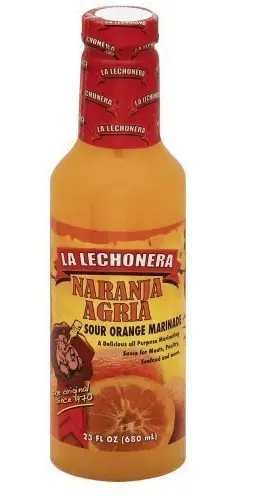
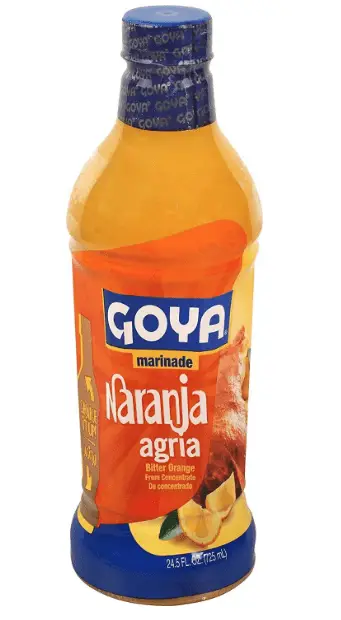
Naranja Agria Substitutes
If your local grocery store does not carry naranja agria and you do not want to wait for an Amazon delivery then this simple recipe is a fantastic substitute.
Naranja Agria Recipe
Simply mix a 1/2 cup of each; fresh squeezed limes, fresh squeezed oranges, fresh squeezed grapefruit and white distilled vinegar. Combine all ingredients and its ready for use or save for up to 2 weeks in the refrigerator.
Final Thoughts
In conclusion, Naranja Agria is a citrus fruit that deserves a place in your culinary repertoire. Its tangy flavor, vibrant color, and versatile nature make it an exciting ingredient to experiment with in the kitchen.
Whether you’re exploring traditional Latin American recipes or adding a twist to your favorite dishes, Naranja Agria is sure to delight your taste buds. Its health benefits, including its high vitamin C content and potential weight loss properties, make it a smart choice for those seeking a nutritious and flavorful addition to their diet.
So, next time you’re looking to add a zesty kick to your recipes, reach for Naranja Agria. Embrace the tangy allure of this extraordinary citrus fruit and unlock a world of delicious possibilities. Your taste buds will thank you.
Now that you know what naranja agria is and where to find it don’t be afraid to try it in these Cuban recipes that I know you will love – Lechon Asado (Cuban Roast Pork With Crispy Skin) Bistec Encebollado(steak with onions), Cuban Fried Chicken, Pollo Asado, Cuban Breaded Steak and a Cuban Philly Cheesesteak.
Sharing is caring….Below is a Pinterest friendly photo!
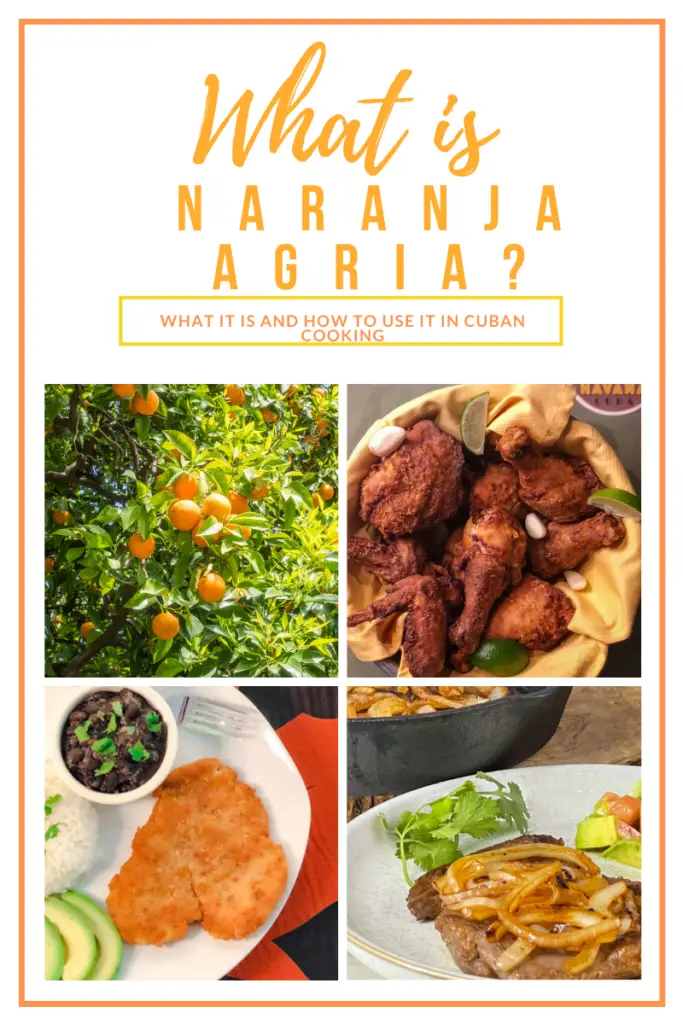

Explore the Essence of Cuban Cuisine with Noelle – a devoted culinary enthusiast enamored by Cuban flavors for over 30 years. Guided by her husband’s mami and abuela, she refined her skills using the ‘by eye’ technique, converting cherished recipes into precise culinary treasures. Continuously enriching her expertise, Noelle actively engages in cooking classes, infusing her platform with measured recipes and an authentic taste of Cuban food, inviting the world to savor the essence of this vibrant cuisine.

